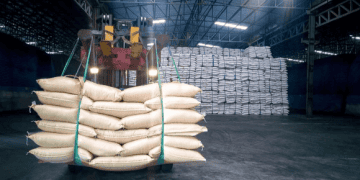Japan is set to increase its annual rice exports, including packaged rice and rice flour, to 353,000 tons by 2030—an eightfold rise from last year—according to a government panel.
The target is part of a draft five-year basic plan submitted to Agriculture Minister Taku Eto by the Council of Food, Agriculture, and Rural Area Policies. The advisory panel developed the plan following a revision of the nation’s basic law on food, agriculture, and rural areas last year.
Amid rising domestic rice prices and concerns about supply stability, expanding rice exports could enhance flexibility by allowing surplus supply to be redirected for domestic use when needed.
Revised every five years, the basic plan outlines key measures under the government’s agricultural policies, including food self-sufficiency goals. The draft maintains Japan’s calorie-based food self-sufficiency target at 45% for fiscal 2030, up from 38% in fiscal 2023.
Additionally, the draft sets new targets to strengthen international demand for Japanese food products. It aims to increase annual food-related spending by international visitors to ¥4.5 trillion in 2030, compared to ¥1.6 trillion in 2023, and boost overseas revenue for Japanese food and restaurant businesses to ¥3 trillion, up from ¥1.6 trillion in 2022.
“The basic plan clearly outlines the country’s agricultural policy,” Eto stated after receiving the draft.
Discover supply chain logistics news updates on The Supply Chain Report. Free international trade tools are available at ADAMftd.com.
#AgricultureNews #RiceExports #FoodSecurity #JapanEconomy #GlobalTrade
















